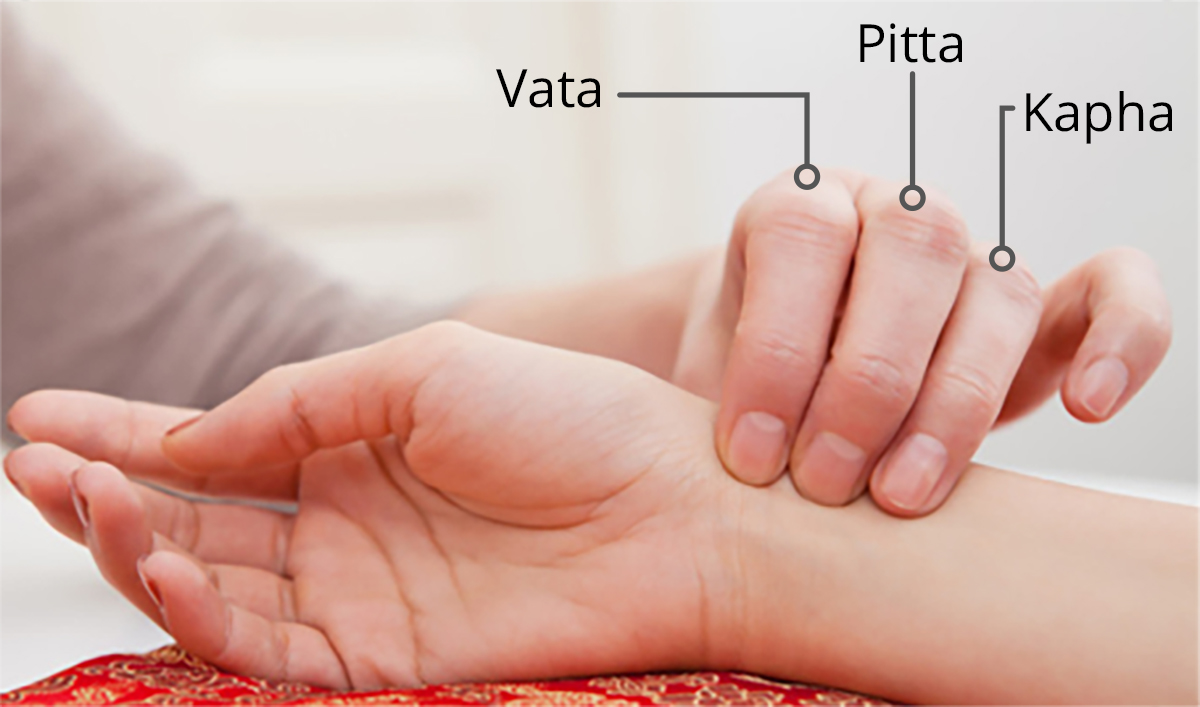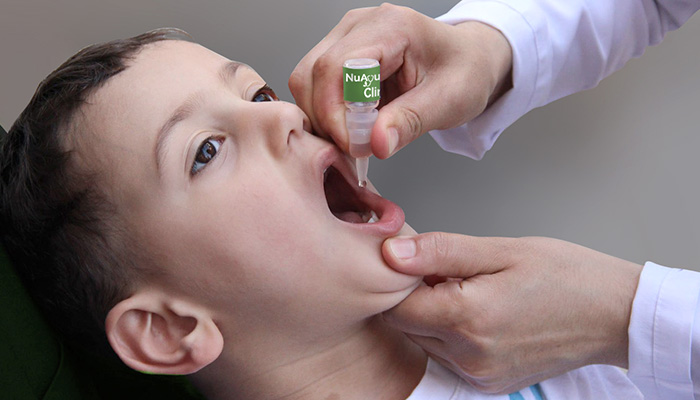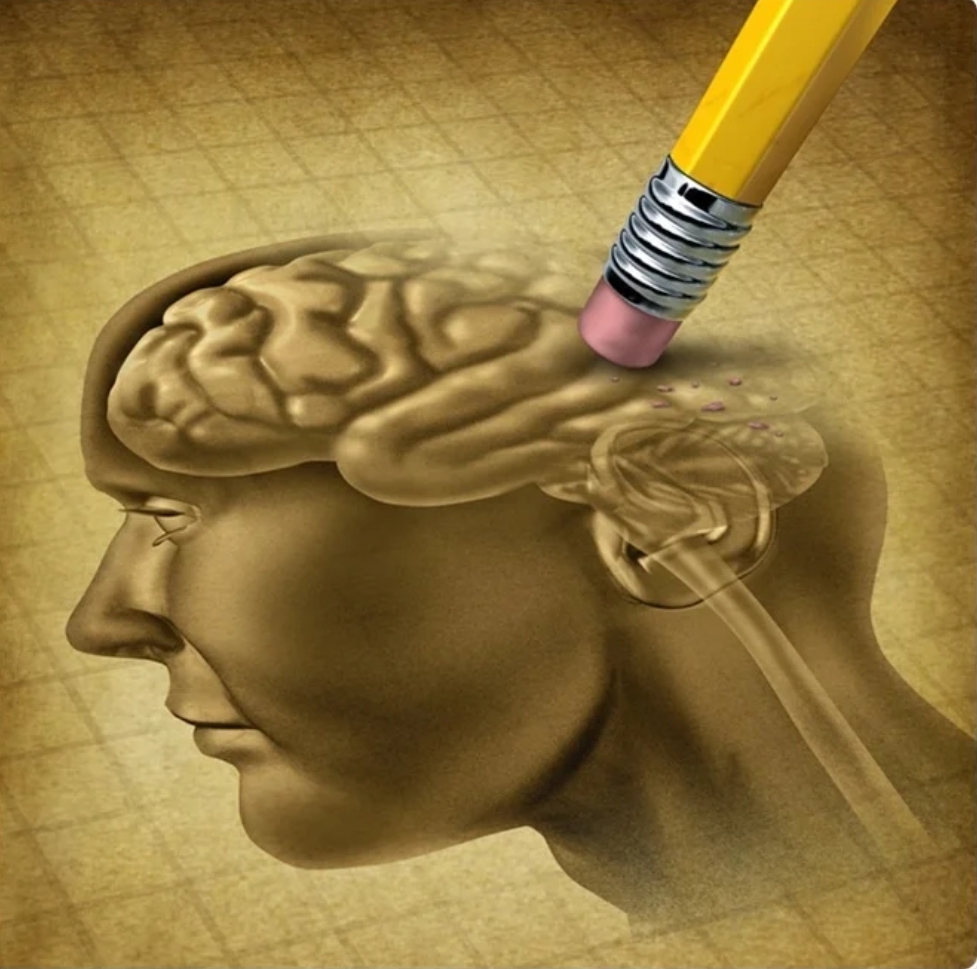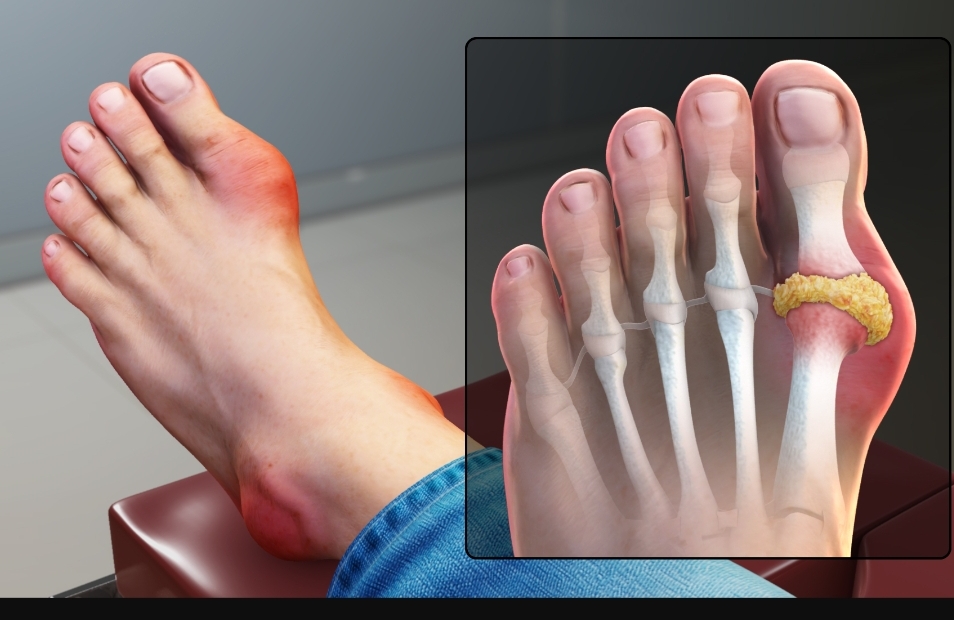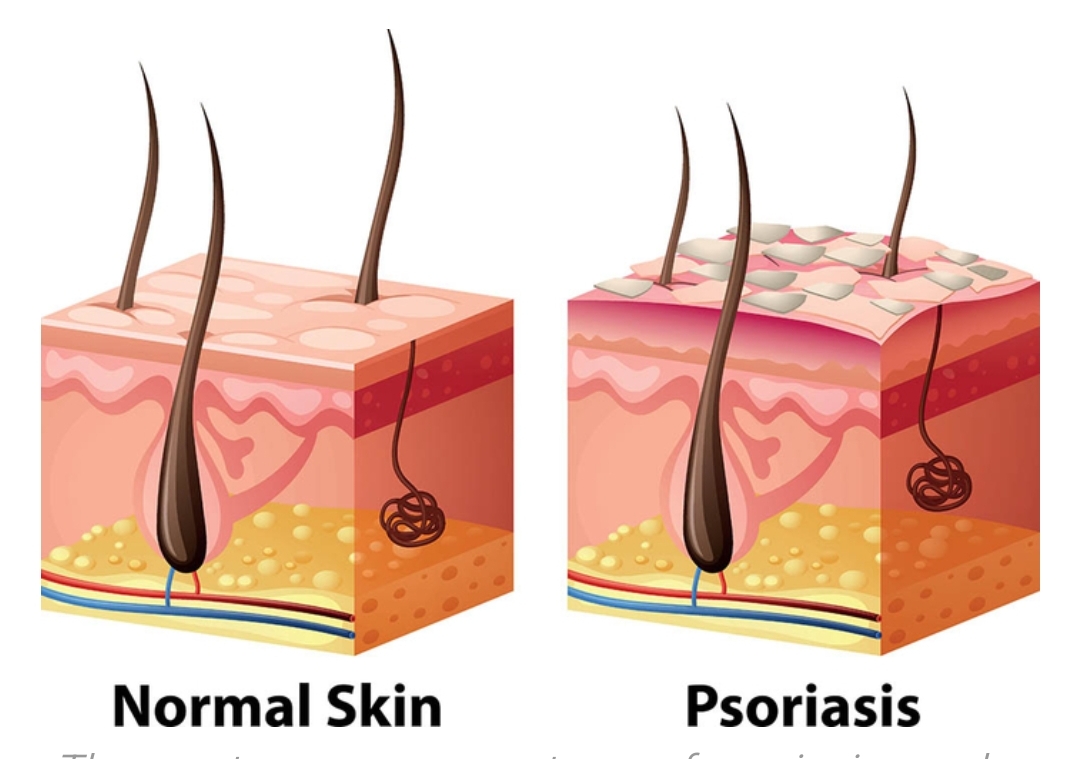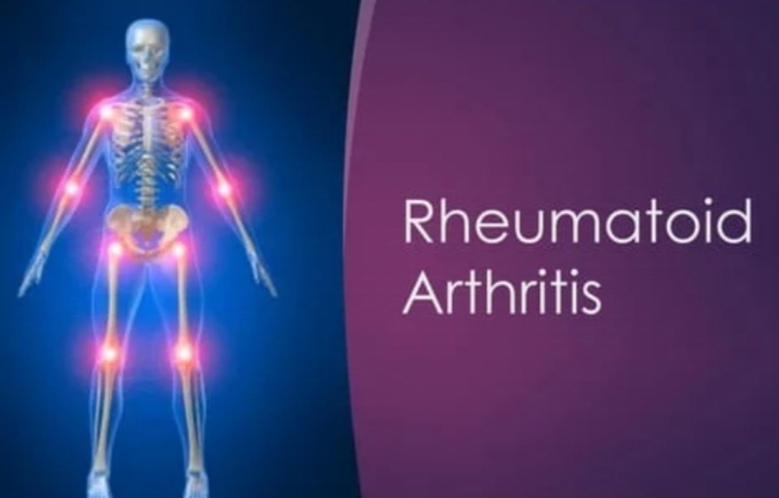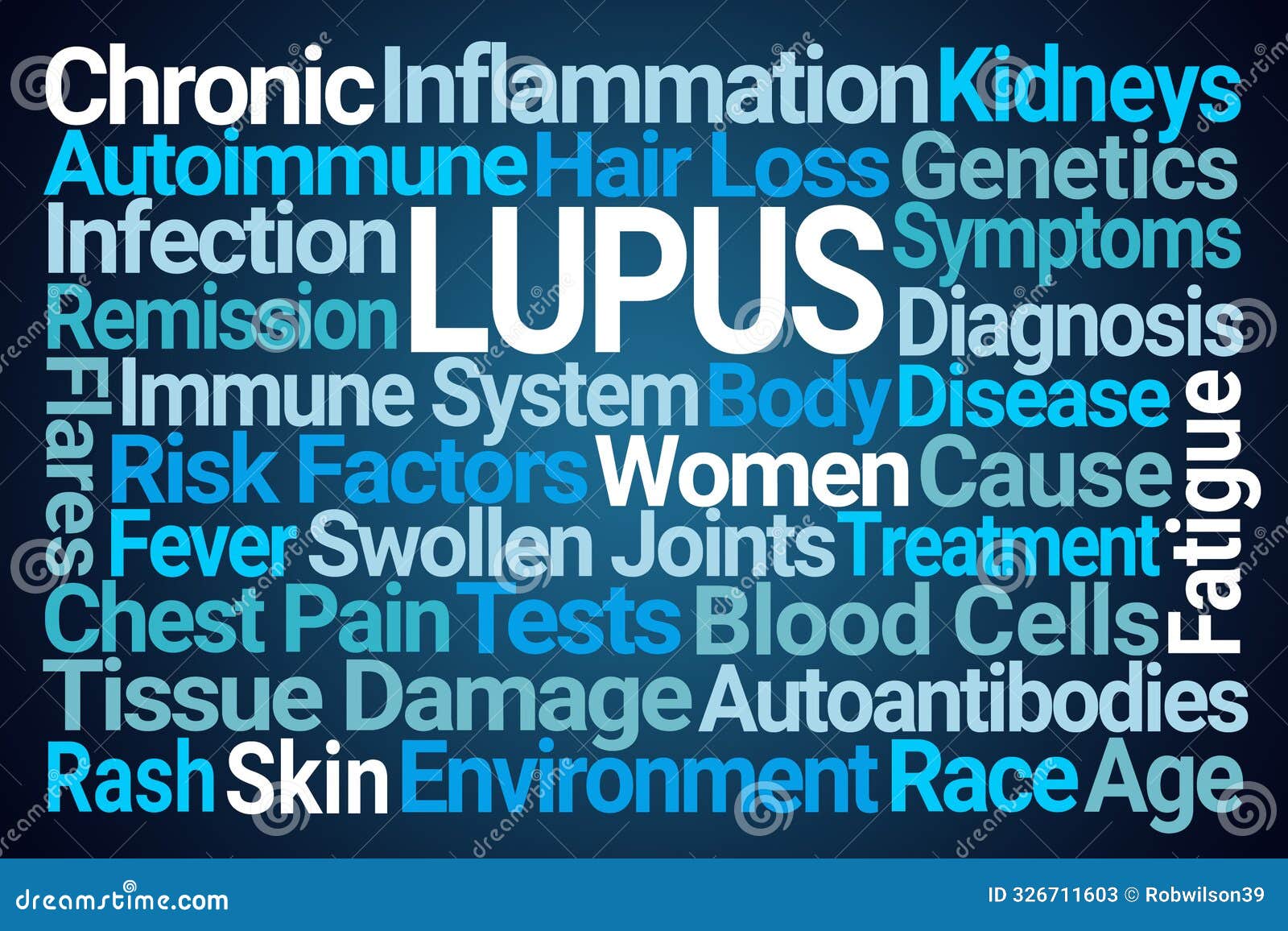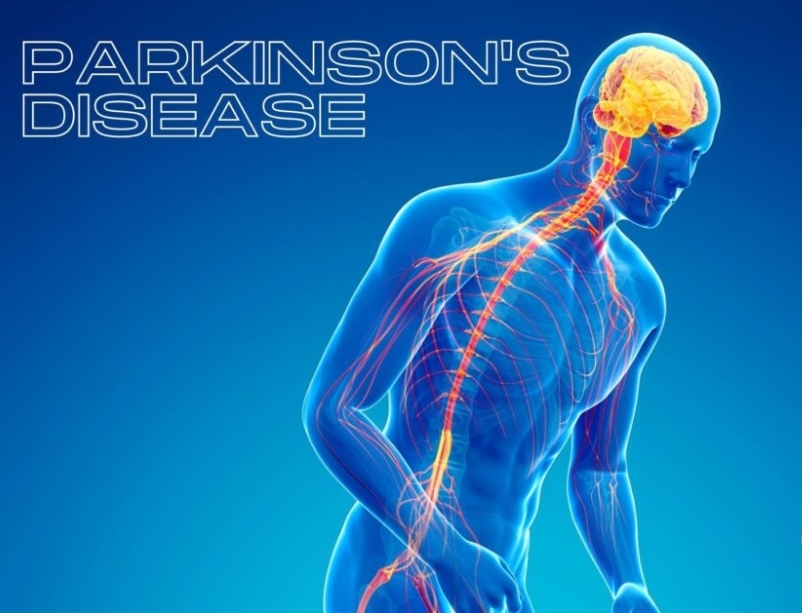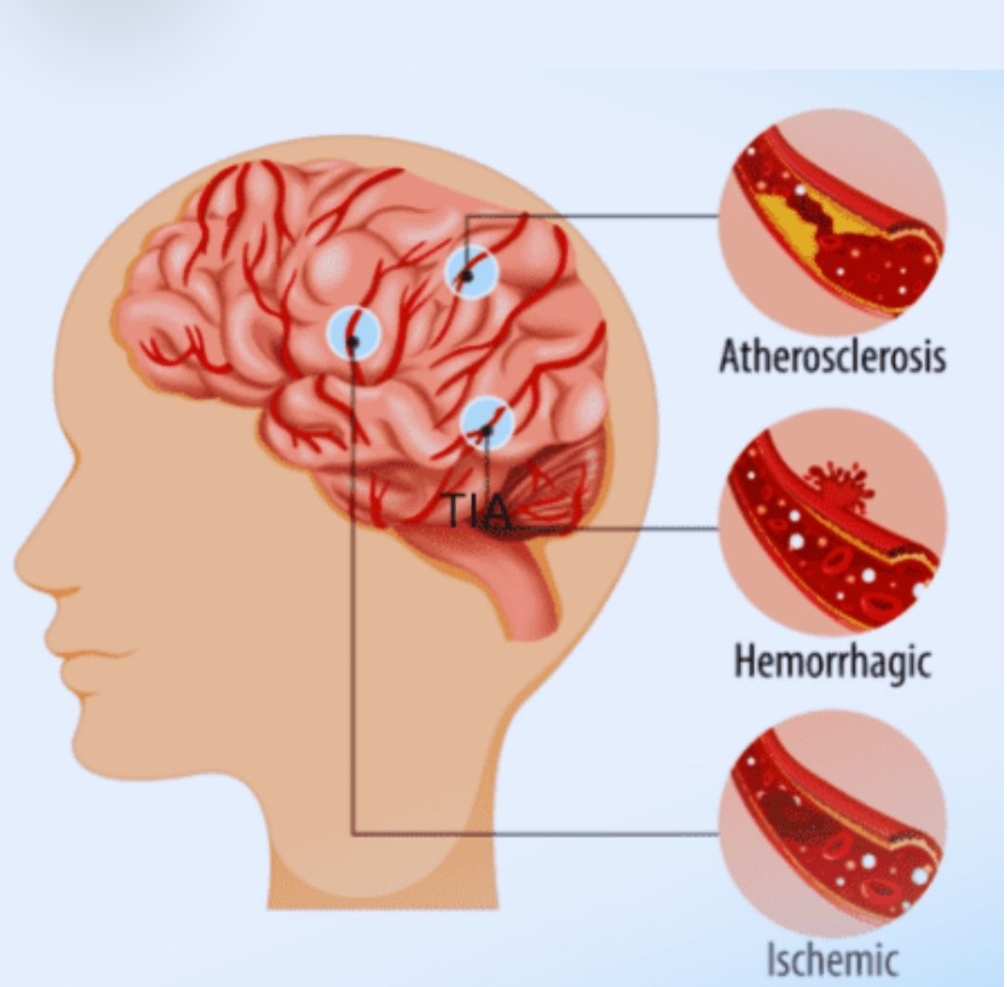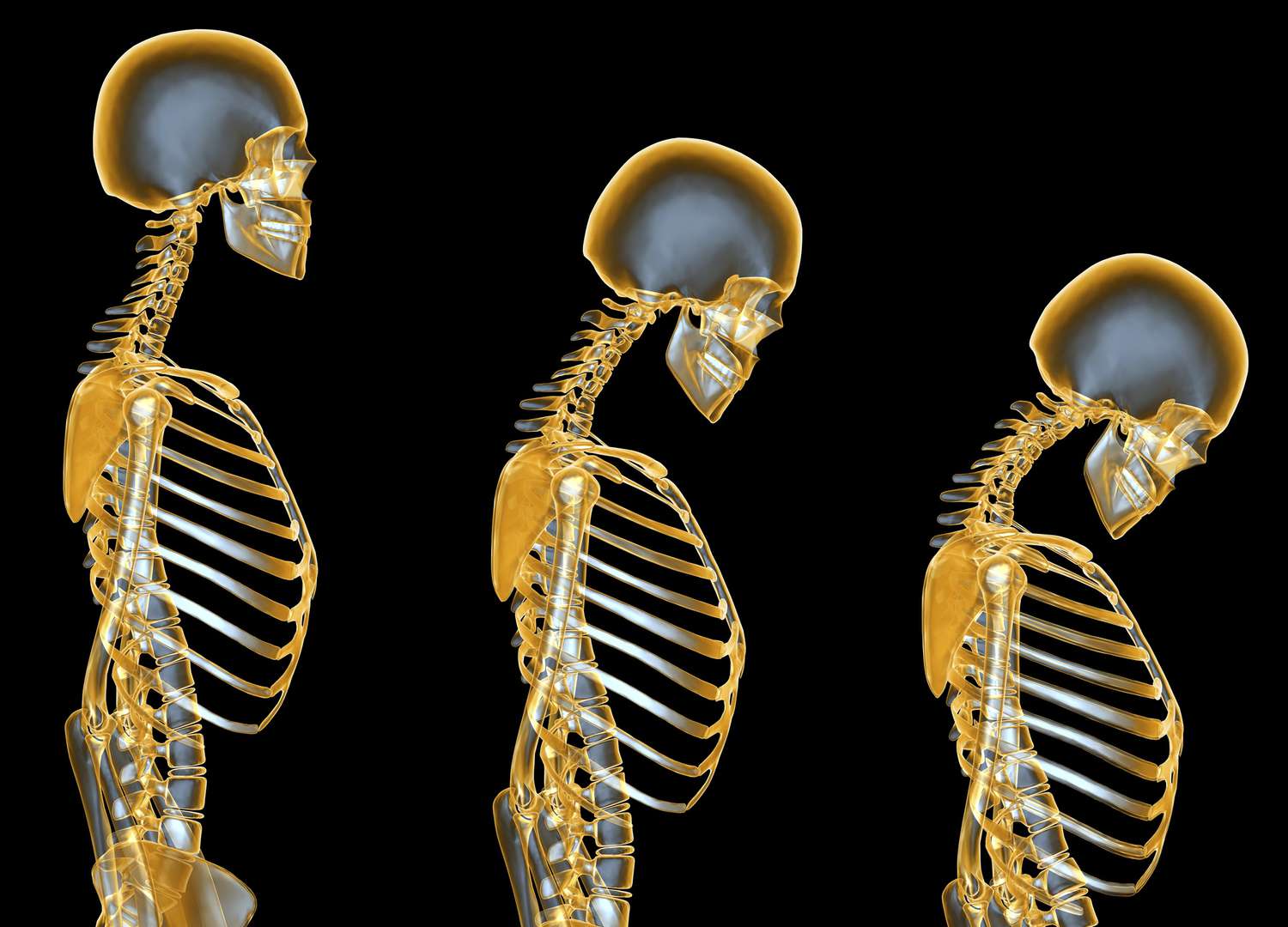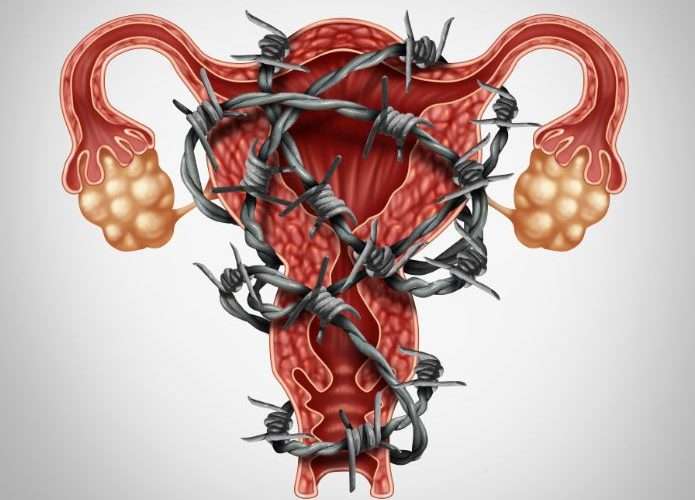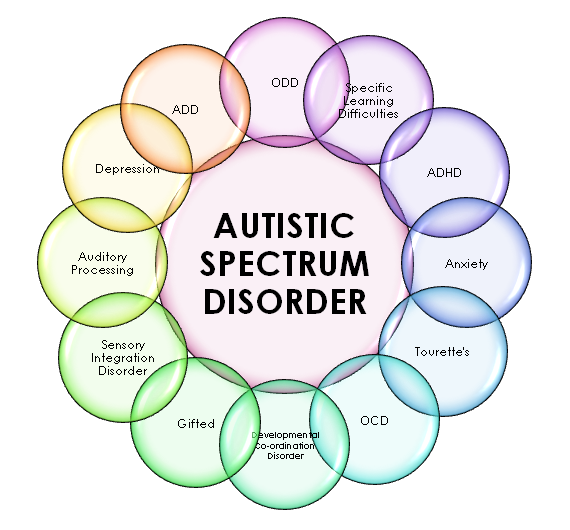Weight Loss Program
Ayurveda describes obesity as atisthaulya, in which the symptoms are an excessive accumulation of meda (the adipose tissue) and mamsa (flesh or the muscle tissue). These lead to signs of overweight, fatigue, flaps in the abdomen, hips and breast. In Ayurveda, it is considered to be a santarpana janya vikara (diseases that are caused due to excess intake of calories).
Ayurveda has explained in detail the management of sthoulya. The line of treatment involves langana (fasting), ama pachana (medication that can help to process the undigested food), ruksha udwarthana (dry powder massage), and physical exercises. In addition, panchakarma therapies like vamana, virechana and vekhana vasti also help to better the condition.
Ayurvedic approach to obesity
Ayurveda describes obesity as atisthaulya, in which the symptoms are an excessive accumulation of meda (the adipose tissue) and mamsa (flesh or the muscle tissue). These lead to signs of overweight, fatigue, flaps in the abdomen, hips and breast. In Ayurveda, it is considered to be a santarpana janya vikara (diseases that are caused due to excess intake of calories).
Ayurveda has explained in detail the management of sthoulya. The line of treatment involves langana (fasting), ama pachana (medication that can help to process the undigested food), ruksha udwarthana (dry powder massage), and physical exercises. In addition, panchakarma therapies like vamana, virechana and vekhana vasti also help to better the condition.
At Gayatri's Heritage Ayurveda, we have very effective ayurvedic medicines for weight loss. Our panel of expert physicians has various customized and comprehensive ayurvedic weight loss treatment programs to suit the individual requirements. We follow a scientific and natural approach focusing on the root cause of weight gain and design the treatments. Therefore, the results may vary from person to person.
Ayurvedic treatment for obesity
There are many remedies in Ayurveda for weight loss and maintaining sound health for individuals suffering from being overweight.
Amapachanam
The presence of ama (toxins) in the body makes it difficult to lose weight. Therefore, it is essential to eliminate these toxins from the body to attain effective weight loss. Amapachanam can be carried out using ayurvedic herbs and medicines, which are digestive and carminative in nature. Few churnams used are triphala, trikatu, panchakola, etc. Once the ama has subsided in the body, it can be easily evacuated through shodhana therapies. Depending on the prakruti, bala and roga avastha, we can opt for vamana, virechana or vasti.
Udwarthanam
Deep, dry massages with herbal powders and medicated pastes in upward strokes help liquefy the adipose tissue and reduce body weight. Depending upon the clinical condition, two types of udwarthana treatments are followed at the retreat:
- Utsadana: the udwarthana carried out using freshly prepared herbal pastes are called utsadhana.
- Udgharshana: this massage involves rubbing the body with dry powders of herbs. The rough and dry nature of the herbal ingredients’ aids in the healthy reduction of excess kapha. It also helps in reducing excess cellulite and fat under the skin.
Dhanyamladhara
In few cases, we also adopt dhanyamladhara treatment in patients. It is best for weight loss and treating inflammatory conditions in the body.
Swedana
Swedana (hot fomentation) helps to mobilize the accumulated fat in the body and promotes expulsion.
Diet for obesity
- Intake of low-fat and low-calorie food items should be practiced
- More consumption of proteins will help to stay longer even without food
- Use steamed or boiled vegetables than fried or processed food
- Increase the number of frequent meals to reduce food cravings
- Include health veggies – bitter gourd, drumstick, bottle gourd, snake gourd, pumpkins, cabbage, leafy vegetables like spinach, amaranthus etc.
- Include oatmeal, barley, wheat, moong dal in the diet
- Fruits like oranges, lemon, Indian gooseberry, pomegranate is helpful
- Uses spices like garlic, ginger, pepper, asafoetida etc
- Consumption of warm water regularly
Yoga for obesity
Regular yoga or exercise is key to weight reduction. The following asanas help to fight obesity – paripoorna navasana, utthita parsvakonasana, chaturanga dandasana, marichyasana, paschimottanasana and purvottanasana.
Obesity stats and Facts
- Recent studies reports, more than 1.9 billion adults (18 years older or more) are overweight. Over 650 million people worldwide fall into the obese category.
- Reports in 2024 say, 50 million children under the age of 5 were obese. Over 440 million children between the age of 5-19 fall in the obese category.
- Obesity is a preventable disease.
Risk factors associated with obesity
- Type 2 diabetes: the risk of type 2 diabetes increases the chances of obesity. Type 2 diabetes is associated with central obesity; a person with central obesity will have excess fat around their waist (apple-shaped figure).
- High blood pressure (hypertension) – hypertension tends to increase weight gain. This is more in women significantly than in men.
- High cholesterol (hypercholesterolemia) – high cholesterol in the blood can increase the risk of obesity and chances for stroke.
- Heart attack: different studies claimed that developing coronary artery disease increased three to four times in women with a BMI greater than 29. In patients who already had a heart attack, obesity increases further chances for a second heart attack.
- Congestive heart failure
- Cancer: obesity is a risk factor for colon cancer for both genders. Rectal, prostate and gall bladder cancers are most common in men and uterine cancer in women. Obesity can also be associated with breast cancer, especially in postmenopausal women. Fat tissue is an important factor for estrogen production, and high levels of estrogen in the blood increases the risk of breast cancer.
- Gallstones
- Gout and gouty arthritis
- Osteoarthritis (degenerative arthritis)
- Sleep apnoea








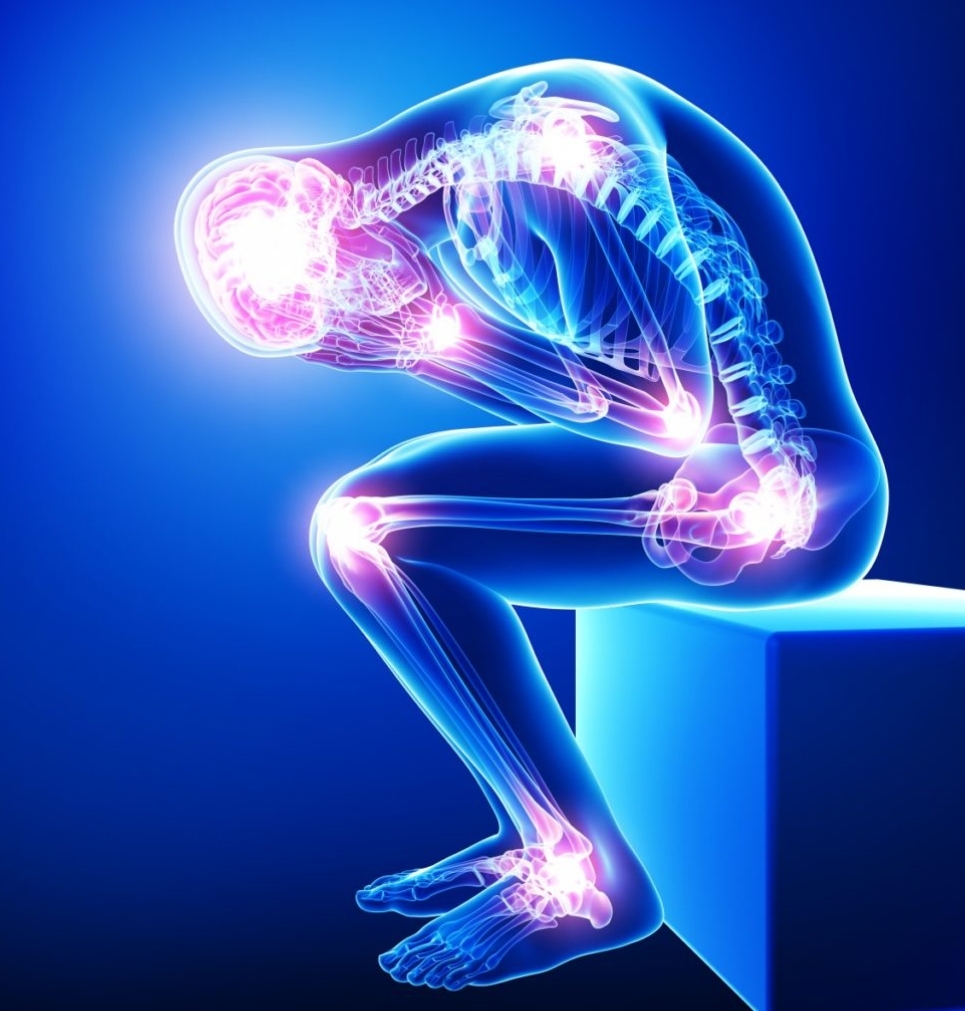
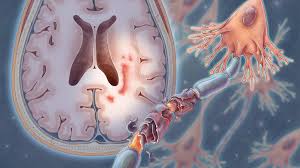
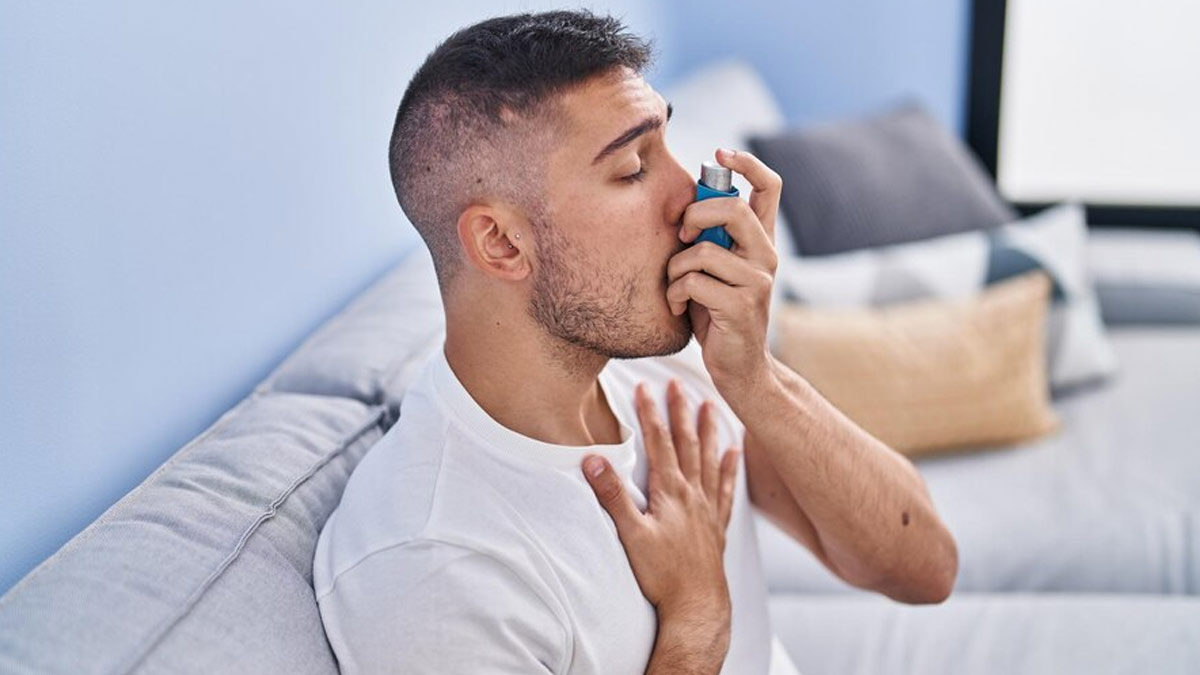



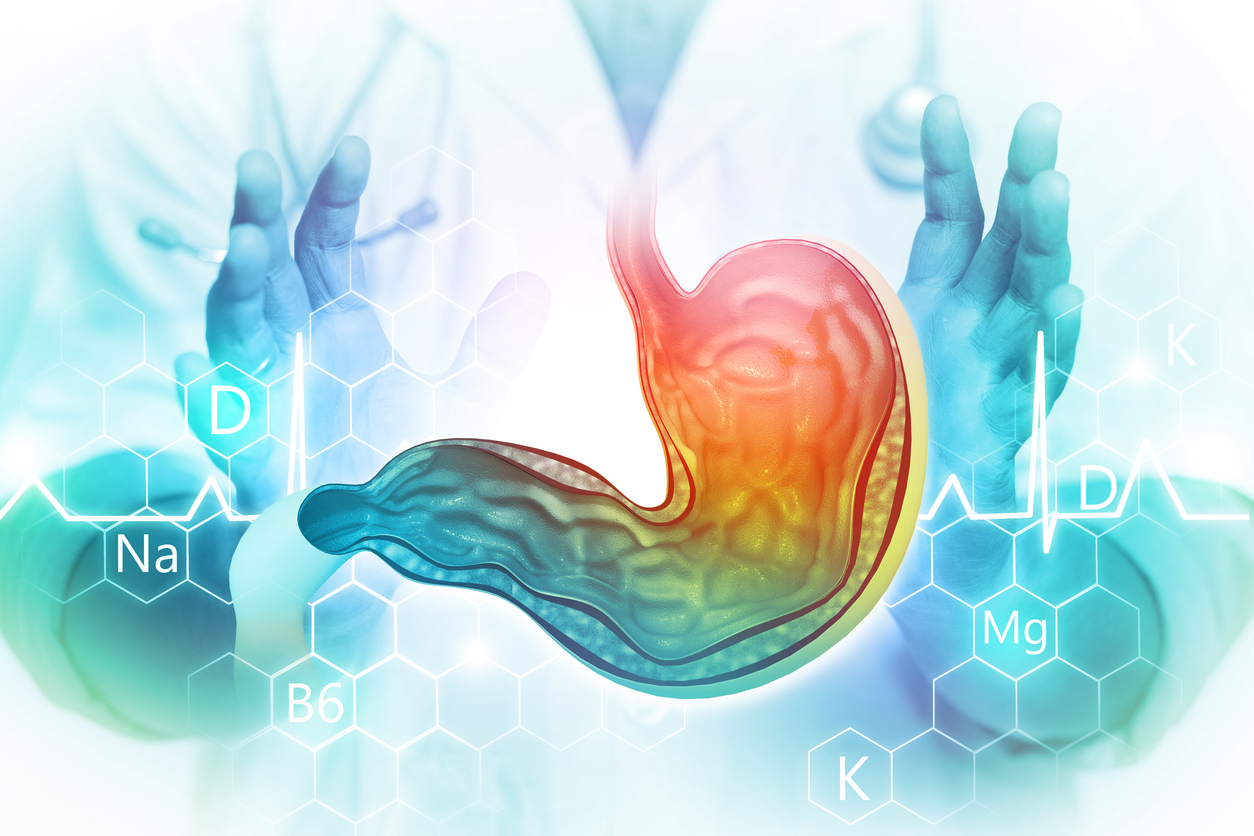
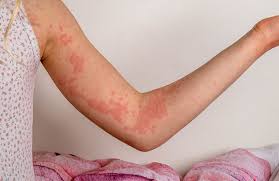
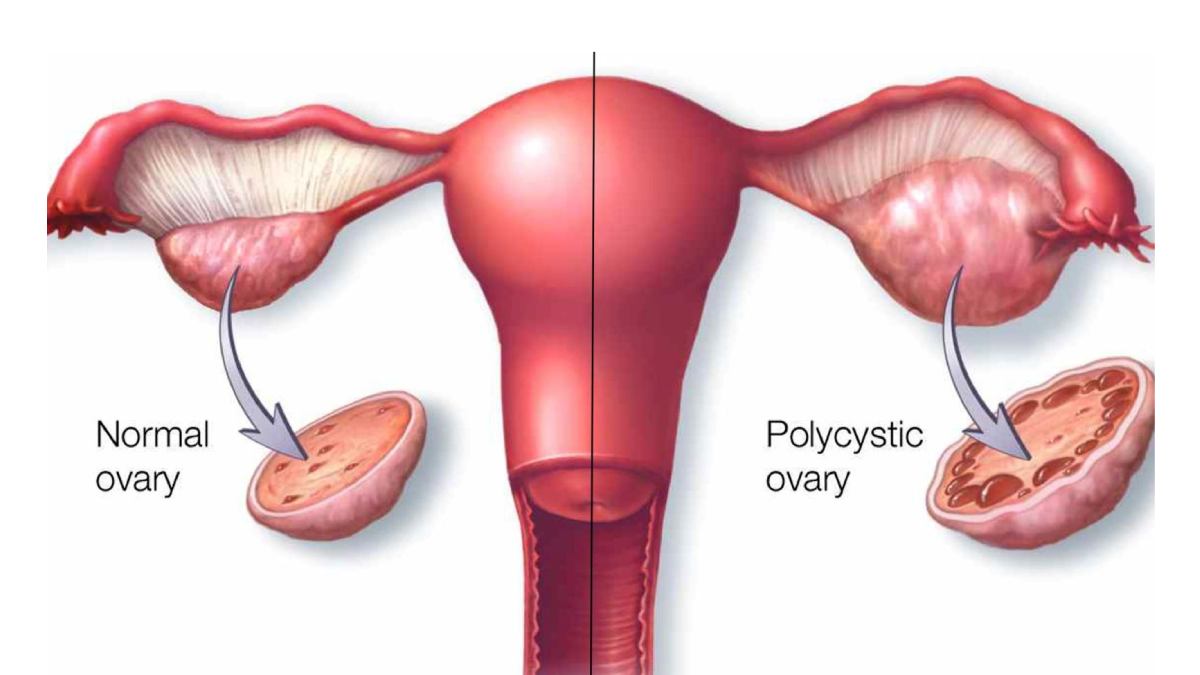
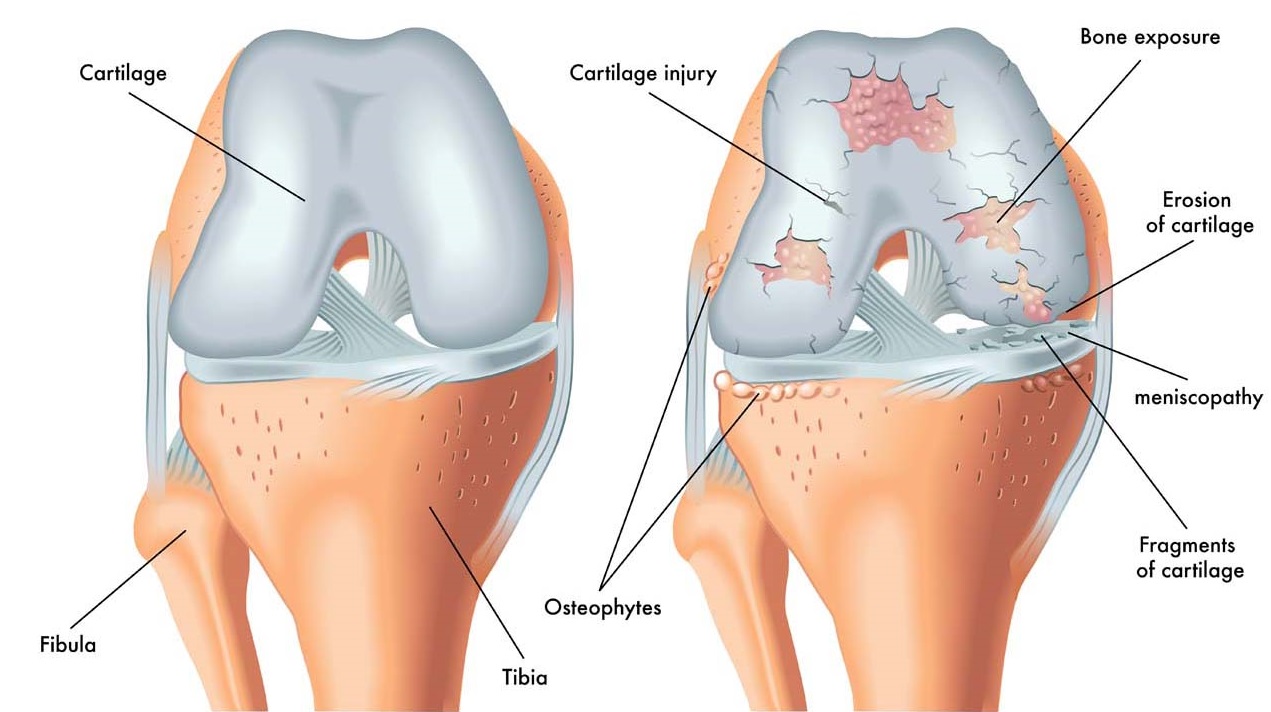
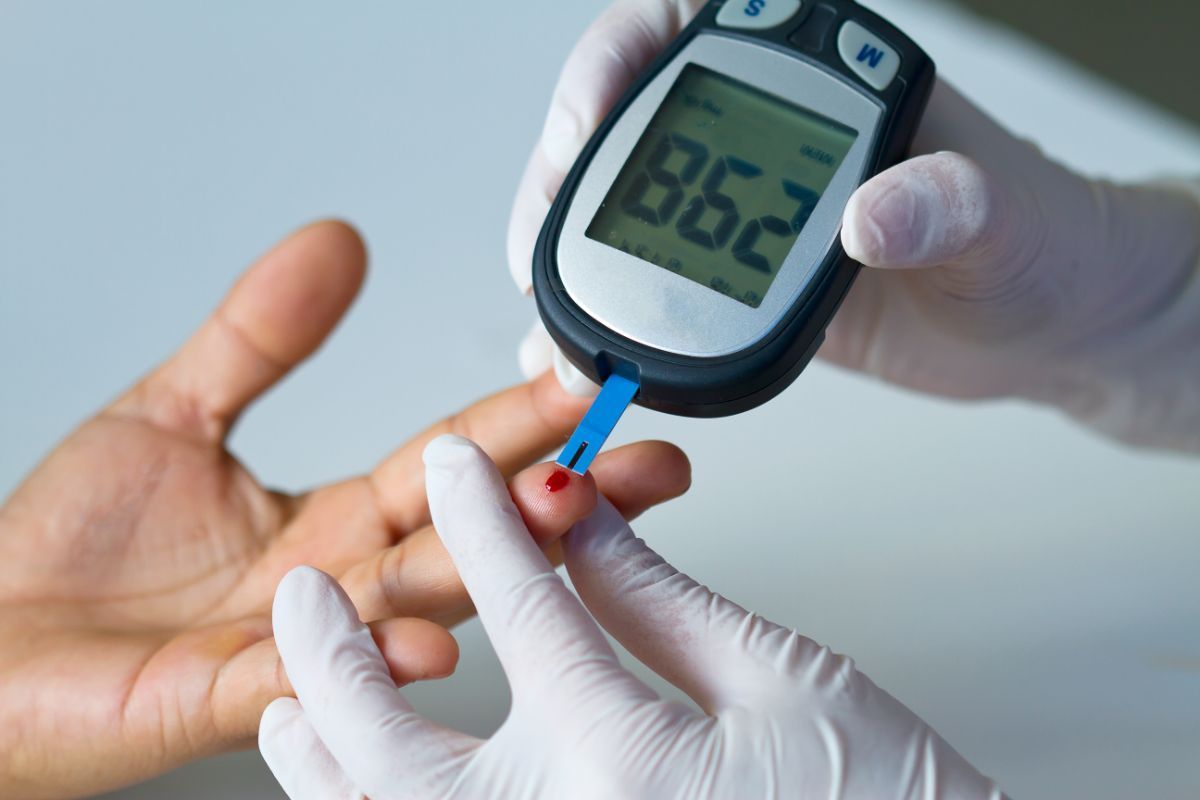
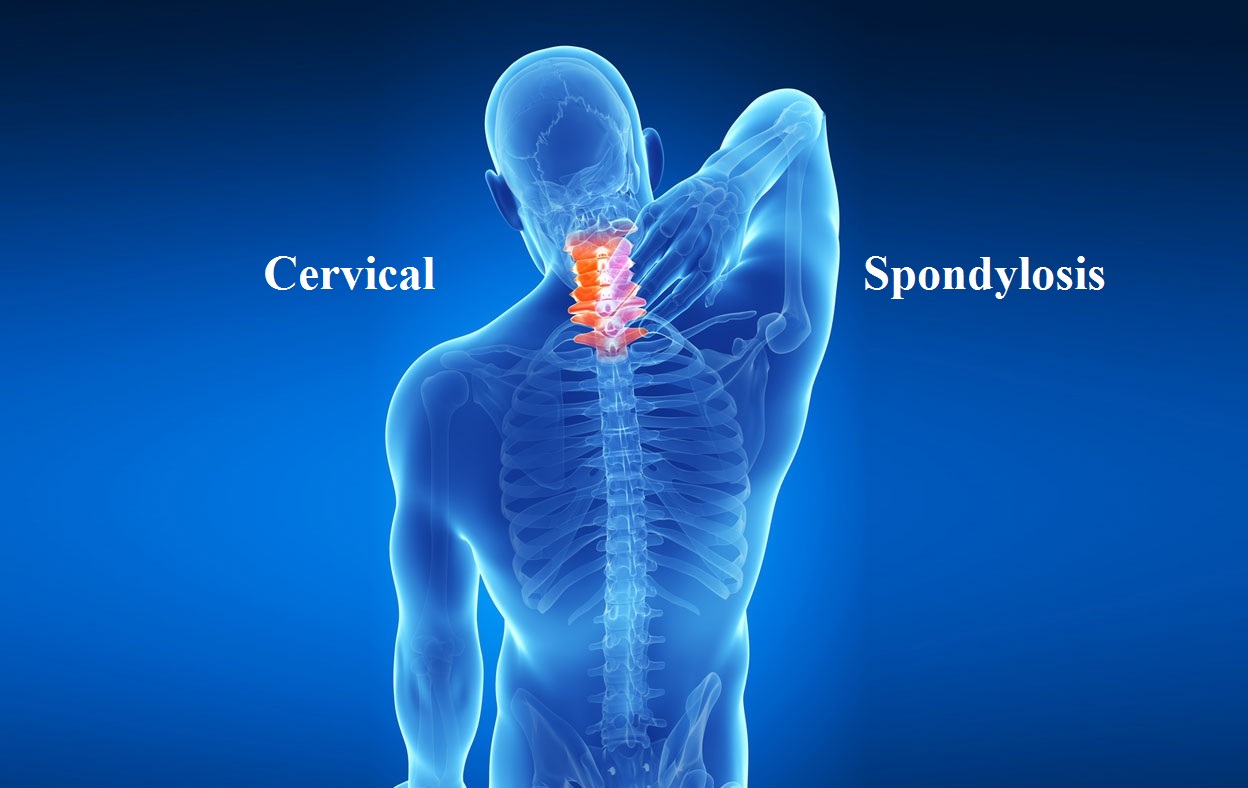
.jpg)

